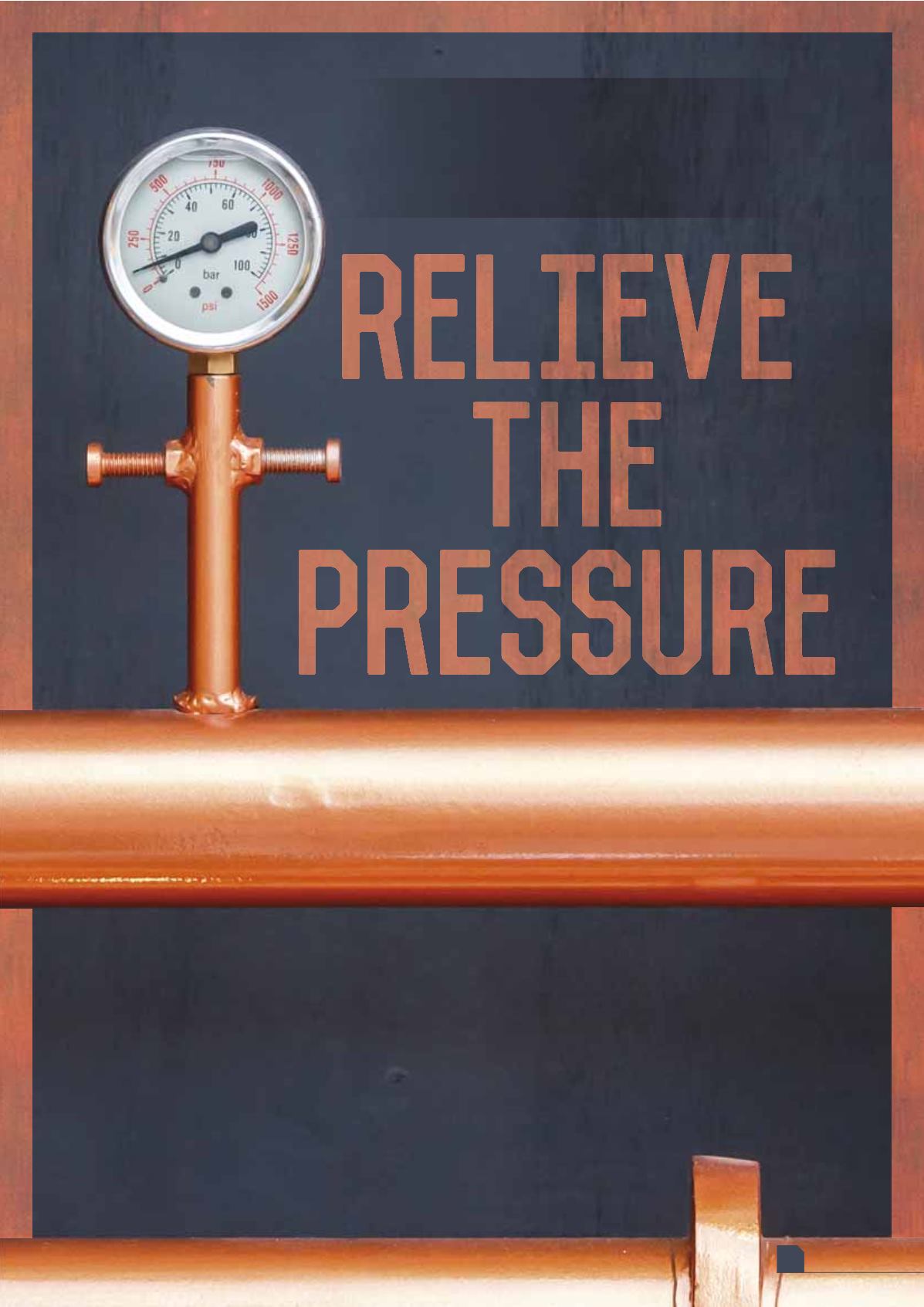
March
2017
123
HYDROCARBON
ENGINEERING
L
ow density polyethylene (LDPE) is produced using a ‘radical high
pressure polymerisation’. The decomposition of ethylene needs
high reaction pressures between 1000 bar up to 3500 bar, as well
as higher temperatures between 100˚C and 300˚C. Next to
pressure and temperature, an initiator (e.g., oxygen or organic peroxide)
is required. All of these parameters are important to adjust the desired
material properties. The LDPE process is a highly exothermic reaction,
which is nearly impossible to control and difficult to stop. In respect of
the high process pressures, autoclave, tubular reactor, and/or process
elements have to be protected against inadmissible overpressures. As a
quick pressure relief is necessary, a rupture disc is used. There are
different types of rupture discs, depending on requirements such as
pressure, temperature, nominal size, material or operating pressure ratio.
The International Organisation for Standardisation (ISO) 4126-2 describes
different types of rupture discs depending on geometry and design.
Stefan Rüsenberg, Rembe GmbH
Safety + Control, Germany,
discusses
failure analysis of high pressure
rupture discs and presents effective
counter measures.








